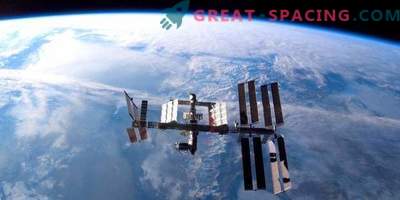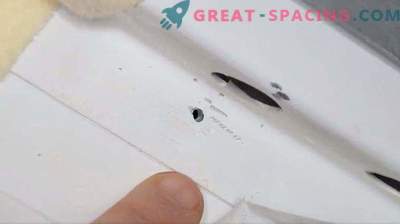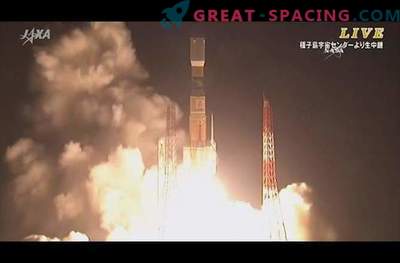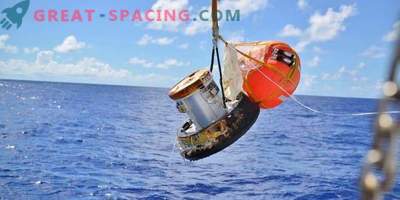
In the image presented by NASA, cosmonaut Sergei Prokopiev releases Sirius nano-satellites from the ISS into orbit on August 15, 2018
Space Walk allowed tiny satellites to be installed in orbit on August 15 and set up an antenna to track earth birds.
Russian cosmonaut Sergei Prokopiev released 4 research satellites manually. The first one flew away when the ISS was 250 miles above Illinois. After 14 minutes, the fourth satellite went on its way, and the station heaved already over Spain. Two of them were the size of a small box, while the other two were slightly longer.
The next few hours, Prokopiev and Oleg Artemyev spent on installing an antenna for the German animal tracking project (Icarus) for International cooperation in animal research from a space survey. The astronauts had to unwind, move and connect long white cables to ensure the flow of power and data in the system. At some point, Artemyev was forced to pull out a sharp knife to deal with the tangled tangle of wires. The space station is the ideal location for the antenna compared to a typical satellite. The fact is that crew members can always fix something, and the computer is better protected from cosmic radiation. The project will begin with tracking blackbirds and common turtle doves, and then move on to other birds, bats and larger wildlife.
Researchers have ear marks for large mammals, such as gazelles, jaguars, camels and elephants, as well as large birds like storks. These tags are light and do not bother the animal. Researchers will better understand animal behavior through continuous monitoring. It is important to understand where they migrate, how they grow and survive. Then it becomes clear where and how they die.
Now on the ISS also live 3 Americans and German. Next month, two spacewalks are planned.











































